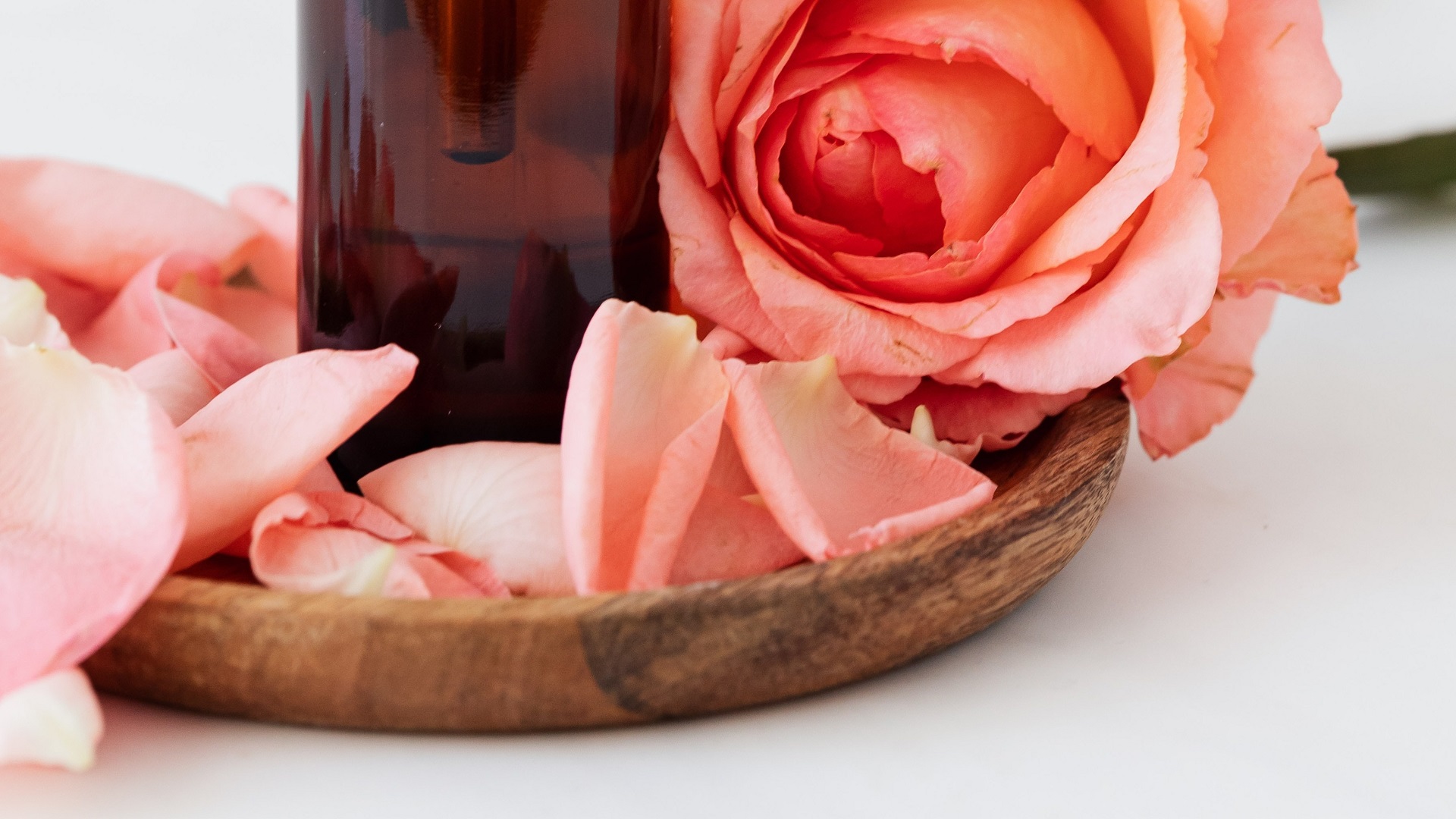The cosmetics industry is known for promoting beauty and well-being, but behind many beauty products lies a shadow of child labor in the supply chains of raw materials. While consumers are increasingly concerned about the origins of cosmetic products, it is important to shed light on this troubling reality.
Many ingredients used in cosmetic products come from agricultural crops, such as vegetable oils, butters, and botanical extracts. Unfortunately, in some regions of the world, the production of these raw materials involves children working in precarious and hazardous conditions.
One of the most prominent ingredients is palm oil, which is found in a wide range of cosmetic products, from creams to makeup. Palm oil production is often associated with deforestation and labor exploitation in countries like Indonesia and Malaysia, where most oil palm plantations are located. In many instances, children are forced to work long hours in dangerous conditions.
Another example is mica, a mineral used in makeup products to provide shine and color. The extraction of mica in countries like India and Madagascar has been the subject of reports on child labor in poorly regulated and dangerous mines.
The cosmetics industry has a responsibility to address these concerns. Many companies are already taking steps to trace and verify the origins of their ingredients and ensure they are produced ethically and sustainably. Consumers can also contribute by choosing products from companies that are transparent about their sourcing practices and have ethical certifications.
It is important to note that not all cosmetic products are associated with child labor, and many brands are committed to combating this issue. However, it is essential to continue raising awareness about this issue and advocating for stricter standards throughout the cosmetics industry. Beauty should not be built at the expense of childhood and ethics.





